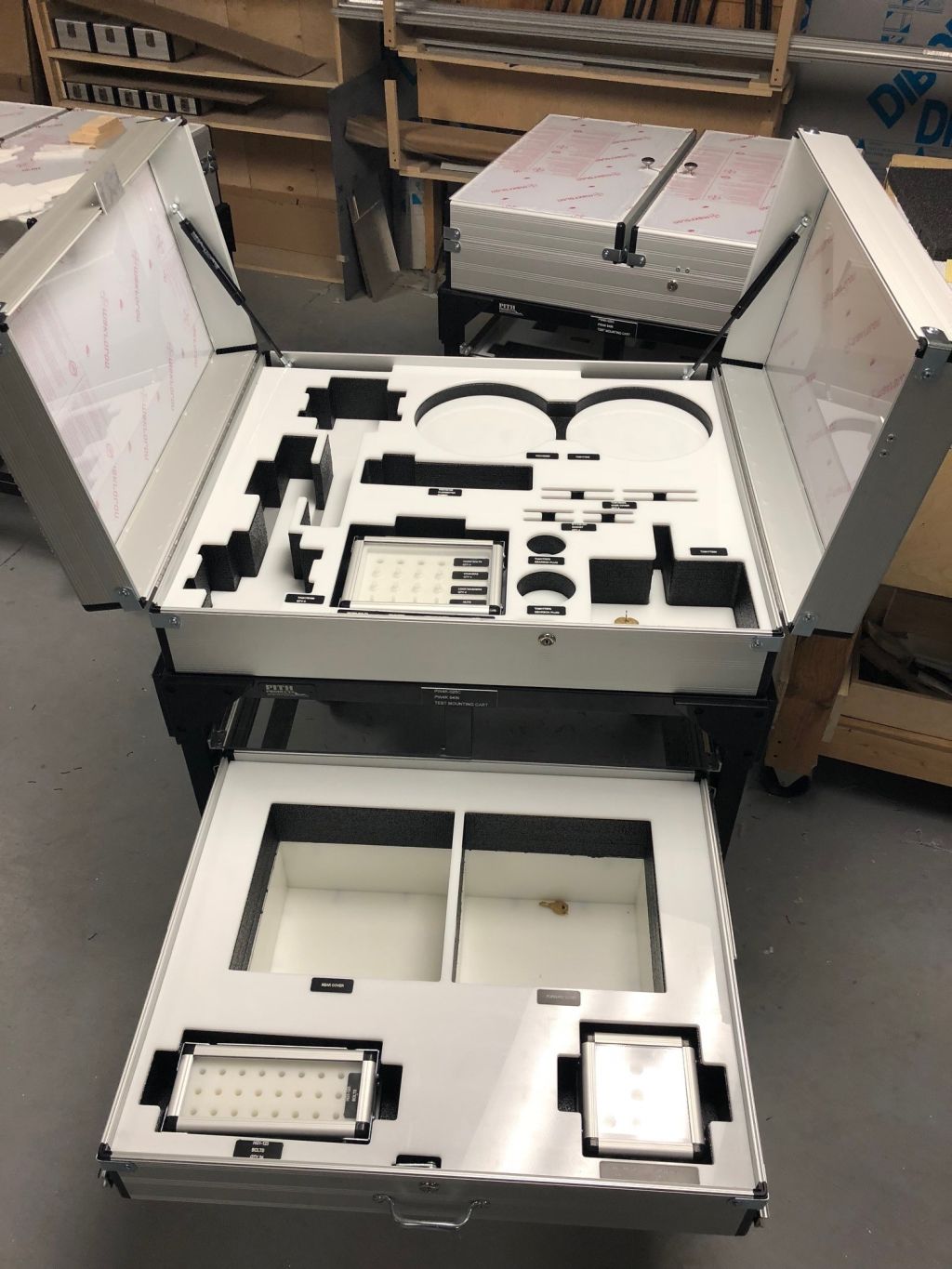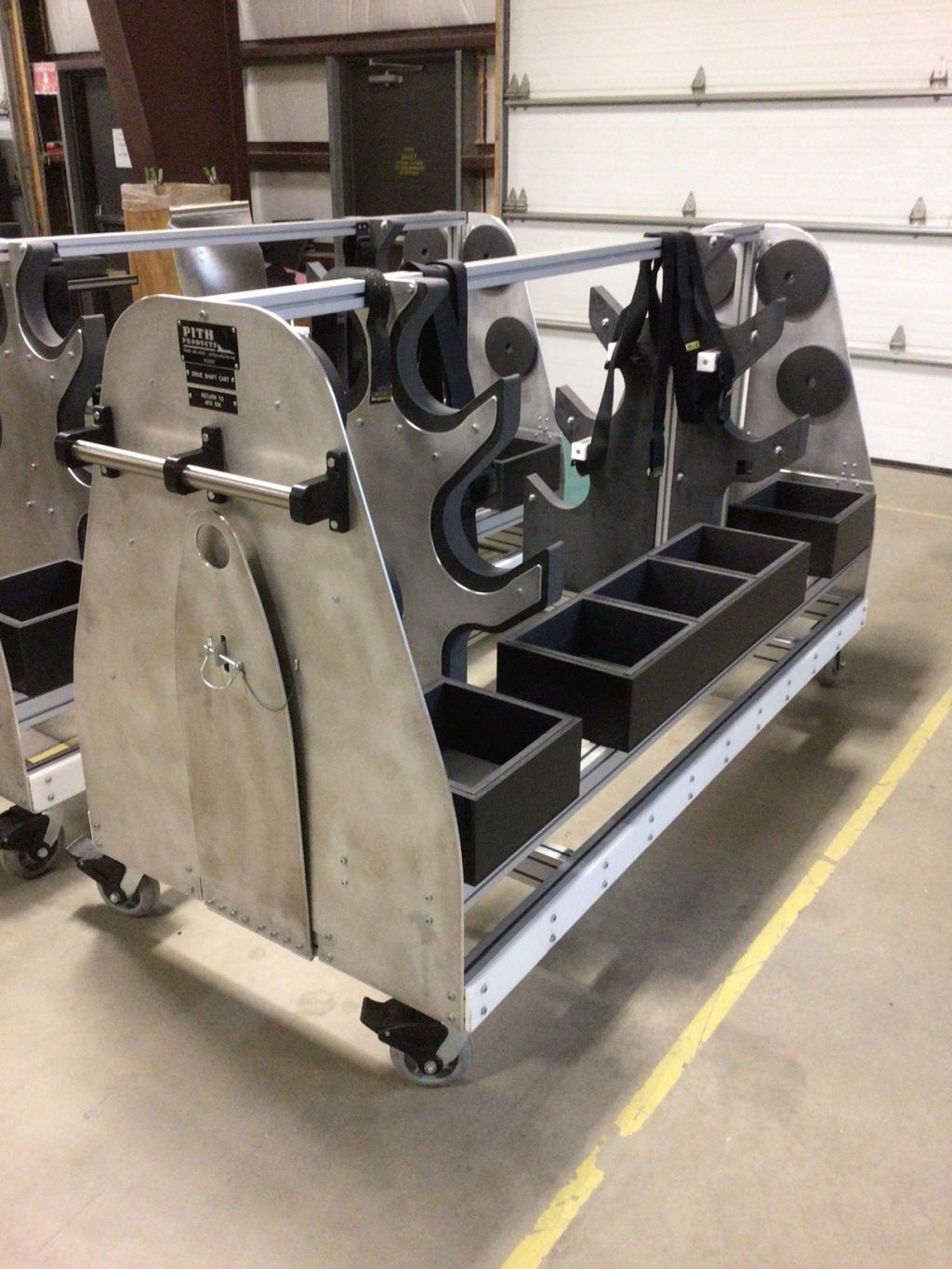Take control of tooling

Tim Blaisdell, CEO of Pith Products looks at how aerospace organisations are increasingly relying on tool control best practices to reduce foreign object debris (FOD) damage.
In 2000, a Concorde passenger jet traveling from Paris to New York crashed shortly after take-off, killing all 109 people on board and four on the ground. During take-off, the aircraft ran over titanium debris on the runway, which had fallen from an aircraft that had taken off a few minutes earlier. This Foreign Object Debris (FOD), which was thinner than a penny, caused the Concorde’s tyre to explode and launch upwards at high speed, striking the wing’s underside and rupturing a fuel tank, which caught fire. The aircraft crashed within two minutes.
As this example shows, FOD represents a serious safety threat, which can cause irreparable damage to an engine and aircraft and is not to be taken lightly. The Concorde incident shows how much damage small pieces of debris can cause, and how quickly that damage can escalate. Within seconds, that one piece of metal destroyed the aircraft’s tire, wing, and fuel tank, and literally brought the plane crashing down.
FOD, including tools and components, is a critical and expensive issue that, according to The Boeing Company, costs the aerospace industry $4 billion annually. There have been serious and deadly consequences after tools and other debris were left on, in, or near aircraft.
Essential tool control
Take every precaution to prevent FOD incidents from damaging your engines, aircraft, and reputation. Whether workers are executing a first-time engine build or partial engine overhauls, tool control is essential. OEM and MRO facilities should prioritise tool control for their manufacturing and maintenance lines.

Implementing and maintaining tool control systems, shadow boxes, point of use carts, and assembly carts help employees track tools and parts quickly and accurately. These storage management solutions improve efficiency, through-put, and quality, ensuring that line personnel can better manage the extensive equipment needed to perform their jobs.
Custom storage solutions allow manufacturing and maintenance teams to put tools back in their proper places. With these systems, employees can accurately account for every tool or part at the end of each production process, step, shift, or phase, ensuring everything is in its place and nothing is left behind.
Use foolproof systems
Teams must identify every tool used in manufacturing and maintenance processes before moving from one step of the assembly or repair operation to the next. Having foolproof tool control systems in place is essential to this effort.
Proper FOD mitigation means ensuring no tools are left behind in an engine component, on the shopfloor, or anywhere near an aircraft. Since visual inspections are an integral step in this process, it’s very important to rely on tool management systems with visual elements so teams can quickly and accurately determine at-a-glance if every tool and part is in its proper place.
Companies can choose from multiple tool management systems with solutions that work best for their teams. For instance, shadow boxes with custom cutouts can dramatically improve tool accountability, simplify work area changeovers, and reduce FOD events. They can be used interchangeably, offering an easy way to increase productivity and utilise factory space. Customised shadow boxes feature 3D cut outs in the exact size and specifications of the tools, parts, or components necessary for particular jobs, providing simple, clear visual organisation, and safe handling. Shadow boxes can be designed to hold tools, parts, and fixtures, and can be organised on carts in specific order along manufacturing lines.

Many aerospace companies prefer point of use carts to enhance tool, equipment, and component accountability. These customisable carts can also be configured to fit specific needs. Interchangeable cutouts and holding devices can be placed on bench mounts, mobile carts, and racks for easy, safe, tool and part transport and accountability. Carts can be designed and arranged to hold various tools and parts for different jobs along the production line, maximising efficiency, while decreasing movement and safety risks.
Assembly carts are another variation of point of use carts, allowing aerospace OEM and MRO teams to easily transport tools, parts, or fixtures to workstations. Assembly kit carts can significantly increase production workflow and reduce worker error by providing the right products for a particular process. Assembly kit carts can hold the exact number and type of parts to ensure that nothing is left over that should have been included in an engine build or repair. Since the number of parts and pieces in a maintenance operation can fluctuate, parts control – like tool control – is essential. Therefore, organisations should use a foolproof parts control system, such as assembly carts that are designed to hold exactly the right number and the correct types of parts. This improves quality control, ensures precise inputs, and prevents potentially catastrophic mistakes.
Best practice tool tips
As you work to improve tool control, apply these best practices: Implement and maintain tool control protocols to prevent tools and parts from being left in or around the shop floor and production lines; Create a formal process for tool control that meets the growing demands of lean manufacturing and stricter FOD control policies; Recognise that proper tool control can only be achieved if each tool has a specific place to be stored when not in use, allowing for quick, accurate tool identification and accountability; Train employees about the importance of tool control, why it’s essential, and the dangers of misplaced tools; Rely on smart tool control solutions to maximize safety, increase productivity, better utilise factory space, and simplify work area changeovers; Use customised tool storage solutions to help employees determine whether all their tools and parts are accounted for at the end of each shift; Reconsider tool storage needs that may occur due to new product line expansions and/or new manufacturing efficiency requirements; Empower employees to communicate if new, different, or additional tool control equipment is needed to help them do their jobs properly and safely; Conduct regular inspections to ensure compliance with all best practice tool control protocols.
High quality and lean aerospace organisations prioritise tool control every day, with every shift. Better tool control processes and systems help aerospace companies reduce the financial, operational, legal, and reputational risks that may occur from a FOD incident. Implementing these best practices will also result in numerous and significant benefits, including improved quality, safety, compliance, and risk mitigation.












